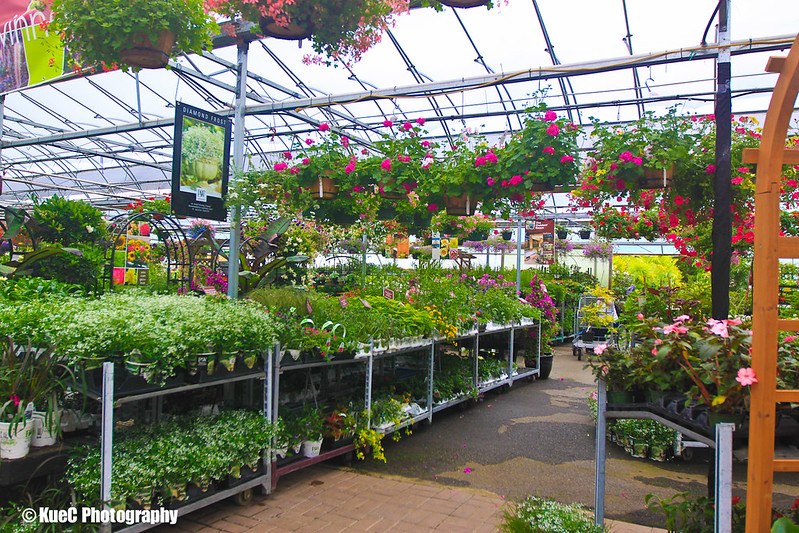Chapter 2: Taxonomy and Seed Germination
This chapter addresses the importance of binomial names, sometimes referred to as scientific names. At a garden center, a plant labeled a bluebill could be Scilla non-scripta, from the monocotyledones, or Mertensia virginica, from the dicotyledones. Two different plants, both from division Anthophyta, but from different Classes. Common names have their place, but they can be ambiguous. Binomial nomenclature is more precise; its use ensures that you’ll get the correct plant and the correct information on how to grow and propagate it.
The second section in this chapter addresses seed germination, arguably the most common and important method of propagating plants.

Learning objectives
By the end of this chapter, you will be able to:
- List the seven levels of the plant classification system.
- Recognize the taxonomic diversity of common foods in your diet.
- Summarize the contribution of Linneaus to binomial nomenclature.
- Understand how the two-part scientific naming system works and its applications.
- Describe the differences between epigeal and hypogeal seedling emergence.

